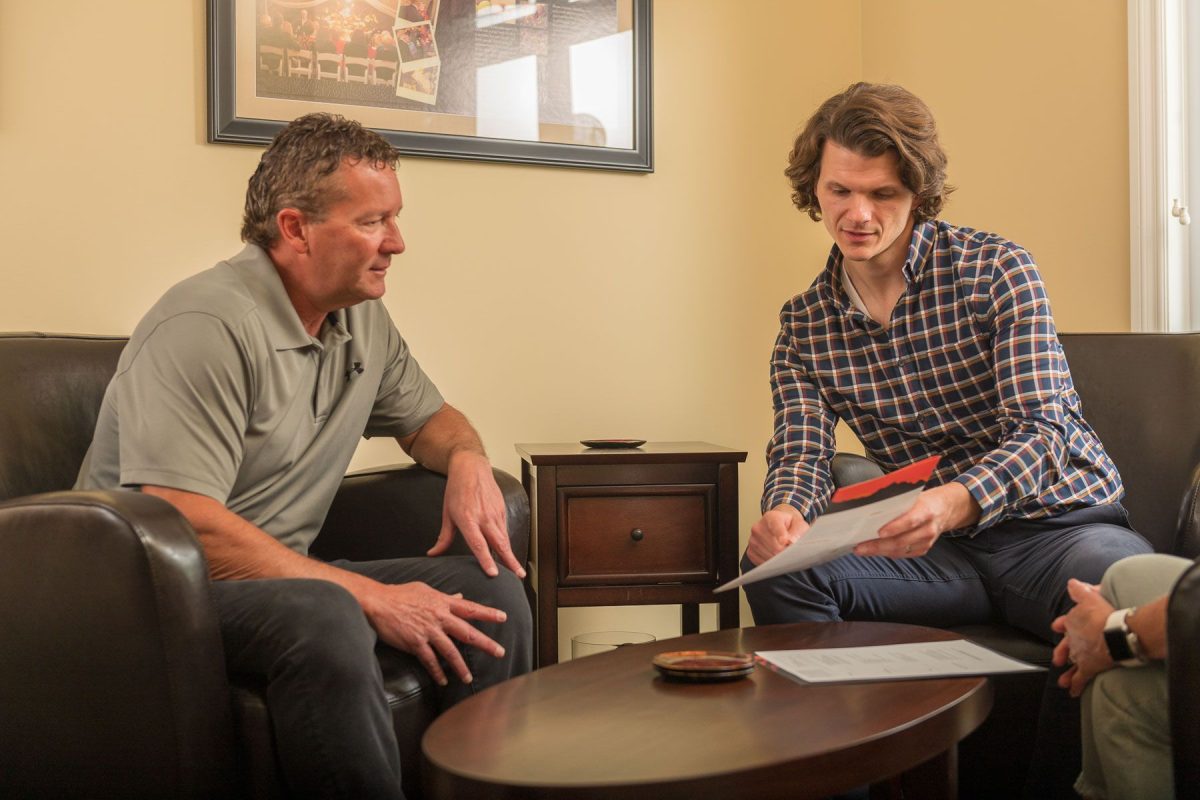Unless this market cycle is completely different than all of those that have come before it (it’s not), we’re very likely to see some meaningful volatility in the future, possibly the near future. And while this shouldn’t surprise seasoned investors, what may be tough to get used to is the sheer size of the declines – and bursts – of the new era we’re in. Sure, it’s just math, but we need to train our brains to avoid becoming irrational.
Over the course of the stock market’s history, there have been six declines of 30% or more. Depending on your perspective, six can sound like a lot or a little. Regardless, it’s important to know that significant declines…happen. What’s also important to remember now is that a decline of any meaningful amount is going to feel bigger than it ever has before. Let me explain. If the market, The DOW, is sitting at 14,000 and declines 10%, that’s a decline of 1,400 points. But what does a 10% decline look like at 26,000? Clearly, it’s 2,600 points. My larger point here is that 2,600 points sure feels like a LOT more than 1,400 points when experiencing a market decline, even though it’s the same percentage. In other words, the magnitude of a decline will seem like a much more harrowing event now than it did when the market (and your account) was smaller.
Maybe this isn’t groundbreaking information to you. For some, however, a gentle reminder of this perception difference in market values may be the very factor that allows a person to remain rational when times get tougher. It’s this conditioning that allows the patient, long-term investor to remain patient when big numbers flash across the TV, begging you to wonder if you should run for the hills.
My suggestion is to consider the market’s value in percentages rather than dollar amounts. That way, you’re in the proper context with which to evaluate the volatility that is sure to come. Big numbers will come and go, but it’s the patient and persistent that win long-term, meeting objectives rather than succumbing to the noise.
All the best,

Adam Cufr, RICP®
Recent Articles

Show Your Work: Why Transparency Matters in Retirement Planning

Unlocking the Mystery of Income Taxes

Social Security Strategy: Do You Have One?

Pension Decision: Just One Critical Piece of Information Is Needed to Decide



